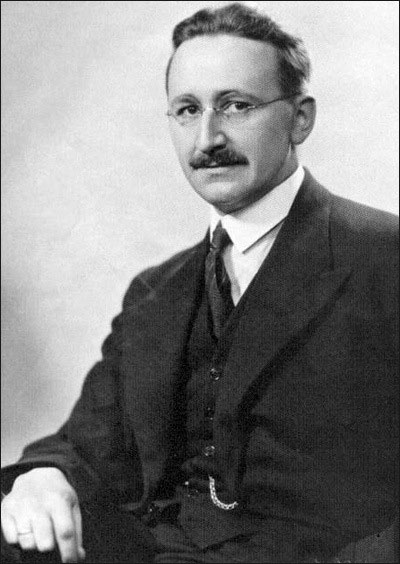
The writer Gregg Easterbrook once said: “Torture numbers, and they’ll confess to anything.” Allow me to explain with an example, on how numbers can be used to muddle the truth.
Nirav Fraud has defrauded the Punjab National Bank of Rs 12,645.97 crore. This is the loan amount that the diamond merchant has defaulted on. On its own the number sounds like a pretty big number, which it is.
But now let me show, how even a number as big as this, can be made to look small, by someone who is looking to muddle the truth.
The question is how big is Nirav Modi’s fraud vis a vis the accumulated bad loans of Punjab National Bank. His fraud is ultimately going to add to the bad loans of the bank.
Bad loans are loans where the borrower has stopped repaying for 90 days or more. The accumulated bad loans of Punjab National Bank stood at Rs 57,519 crore as on December 31, 2017.
Hence, Nirav Modi’s default will add around 22% more to the bad loans number of Punjab National Bank. At this level, the default still seems big. Let’s go a little further.
Now let’s take a look at the bad loans of all banks (i.e. public sector banks + private banks + foreign banks). This stands at around Rs 9,00,000 crore, as on December 31, 2017. Nirav Modi’s default amounts to just 1.4%, which is very small in the overall scheme of things. A big default number now suddenly seems very small.
Let’s look at this in one final way. The average size of a fraud in the case of Indian banking, where the borrower willfully defaulted, was around Rs 3 crore, between 2012-2013 and 2016-2017, a period of five years. In case of Punjab National Bank, the average size of a fraud amounted to Rs 9.6 crore.
When we compare Nirav Modi’s fraud with these figures, we realise how big his fraud is, in the context of borrowing frauds. And this is how Nirav Modi’s fraud needed to be looked at and which is how, thankfully, it is being looked at.
The context is the most important point when trying to make sense of a number. The good thing is that nobody tried to muddle the truth in this case, and it was clear from day one that Nirav Modi’s fraud was a big fraud, from day one. But that is not always the case.
Few years back, in the days after Nirbhaya was battling for her life, I remember reading a news item which suggested that Sweden had one of the highest incidences of rape in the world. The Indian scenario was much better, the newsreport suggested.
Of course, the newsreport totally missed out on the context and muddled the truth. As Hector Macdonald writes in Truth—How the Many Sides to Every Story Shape Our Reality: “Sweden is said to have the second highest incidence of rape in the world, with more than 60 cases reported per 100,000 inhabitants each year (the rate for India is 2 per 100,000). Yet this reflects not only Sweden’s better reporting of sexual crime but also a broader definition of rape.” In India, other than fewer rape victims coming out in the open, the system also works to protect the rapists in many cases.
Or take the case of rates of kidnapping. As Macdonald writes: “Canada and Australia have the highest rates of kidnapping in the world. Really, it’s true. Not because they are more dangerous than Mexico and Colombia but because their governments include parental disputes over child custody in kidnapping statistics.”
The broader point here is that before believing a number, it is important to look at the overall context in which it is being used. As Macdonald writes: “When someone tries to persuade you that a number is especially significant, the first thing to do is to translate it into a more revealing truth that incorporates relevant context.”
Now that of course is, easier said, than done.
The column originally appeared in Bangalore Mirror and Mumbai Mirror on April 11, 2018.

